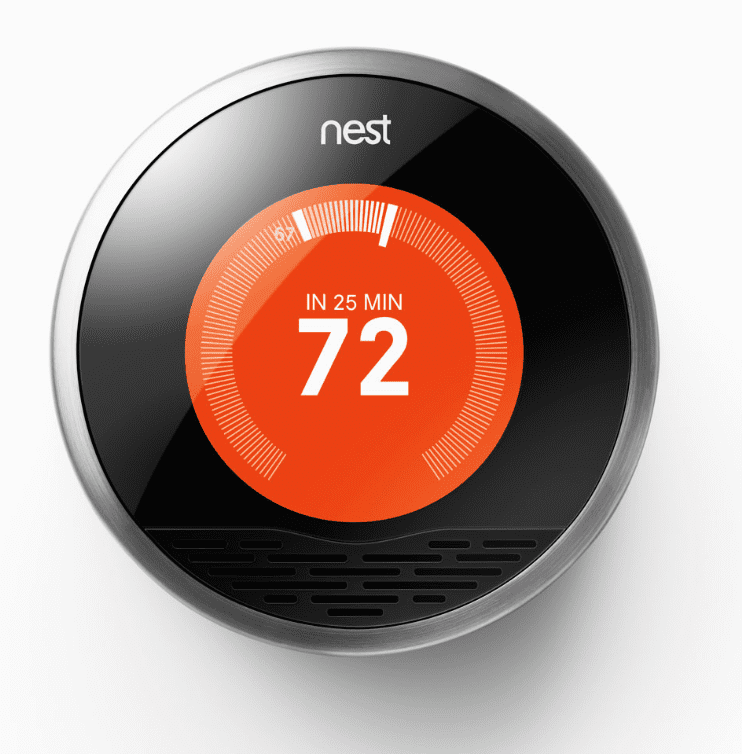
Razors have been around for hundreds of years. Some would say, “whatever can be done has been done.” So why is a year-old company called Harry’s entering this well-established market? What could they possibly gain? Well, it turns out, they’re doing better than just getting by on the hair of their chinny-chin-chin. The company has been featured all over the media (read CNBC’s story here), and has even gotten its sleek and affordable products into J. Crew stores. What’s going on here? The company took on a product that hasn’t been significantly changed in years, and made it cooler, sleeker, and sometimes, cheaper.

Here’s another. Have you heard of the Nest? It’s a thermostat. When’s the last time you saw someone show off that necessary but ugly gadget in their home? Well that is precisely why a former Apple executive decided to design a new option for the billions of homeowners in the world. It’s sleek and colorful, syncs to your smartphone, and is loaded with features we never realized we needed, until now.
Next up on the company’s product release calendar? The Nest Protect, a smoke detector. Oh, and guess who just purchased this young company? Google. For $3.2 billion. Go figure.
What does this mean? Isn’t “the future” all about apps and hyper-cool technology? Well innovation, by definition, is the act of introducing new ideas or products. Sometimes, as we’re seeing, people have given up on infusing old industries with new ideas, while technological capabilities and consumer preferences have changed drastically. So what happens? A gap is created between what is possible or desired and what exists. The creative people who find how to bridge those gaps are the people who decide what will be in our homes in the future.
So what industries do you see that have been left in the dust, Biz Kid? Look around your house. What others have discounted as yesterday’s news could very well be tomorrow’s headline.

